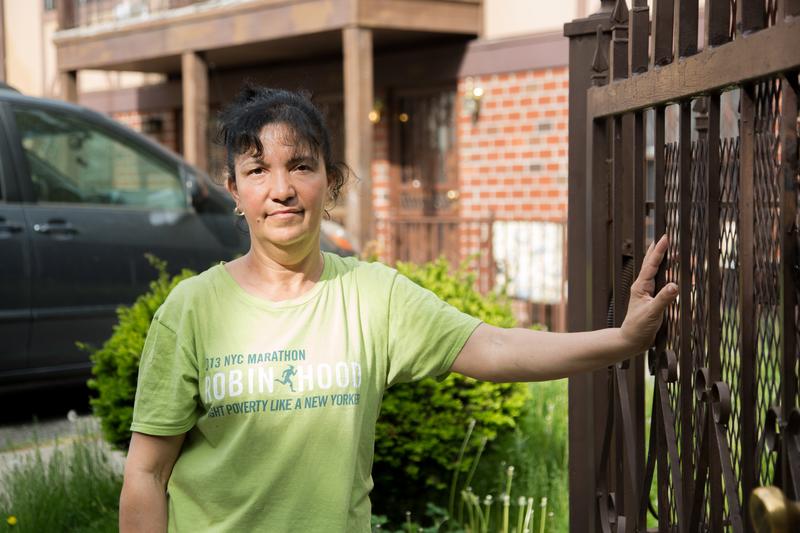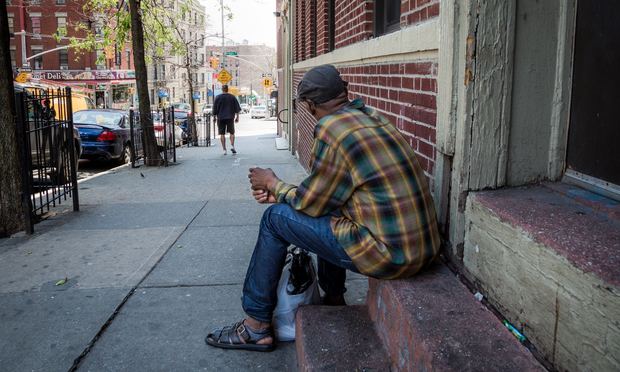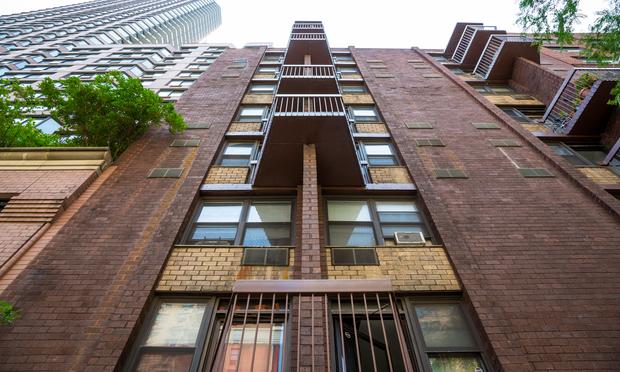
Take two apartment buildings with equal number and sizes of units. Chances are the one in the poorer neighborhood will be paying a higher water bill.
Why? Household sizes in low-income neighborhoods are often larger. So together the inhabitants of each apartment take more showers, flush more toilets, brush more teeth. And they may well cook at home and take staycations instead of vacations, to boot.
That means less money for maintenance and improvements. The owner of 240 E. 194th St in the Bronx, for example, says he spends 10 percent of the rent roll on water, even after getting a multi-family discount from the city. A comparable building on the Upper East Side needs just 3 percent of its revenue to cover its water bills, according to a report by the University Neighborhood Housing Program.
A WNYC analysis of data from the city's Rent Guidelines Board found that water and sewer costs for rent-stabilized buildings increased 232 percent over the last 10 years, rising faster than heating fuel (up 196 percent), labor (up 142 percent) and real estate taxes (up 176 percent).
For more about how water bills affect low-income people — and how one woman is facing foreclosure in part because of high water bills — listen to the story. Go to CityLimits.org for the companion article, "Growing Calls to Fix City Water Rates."


